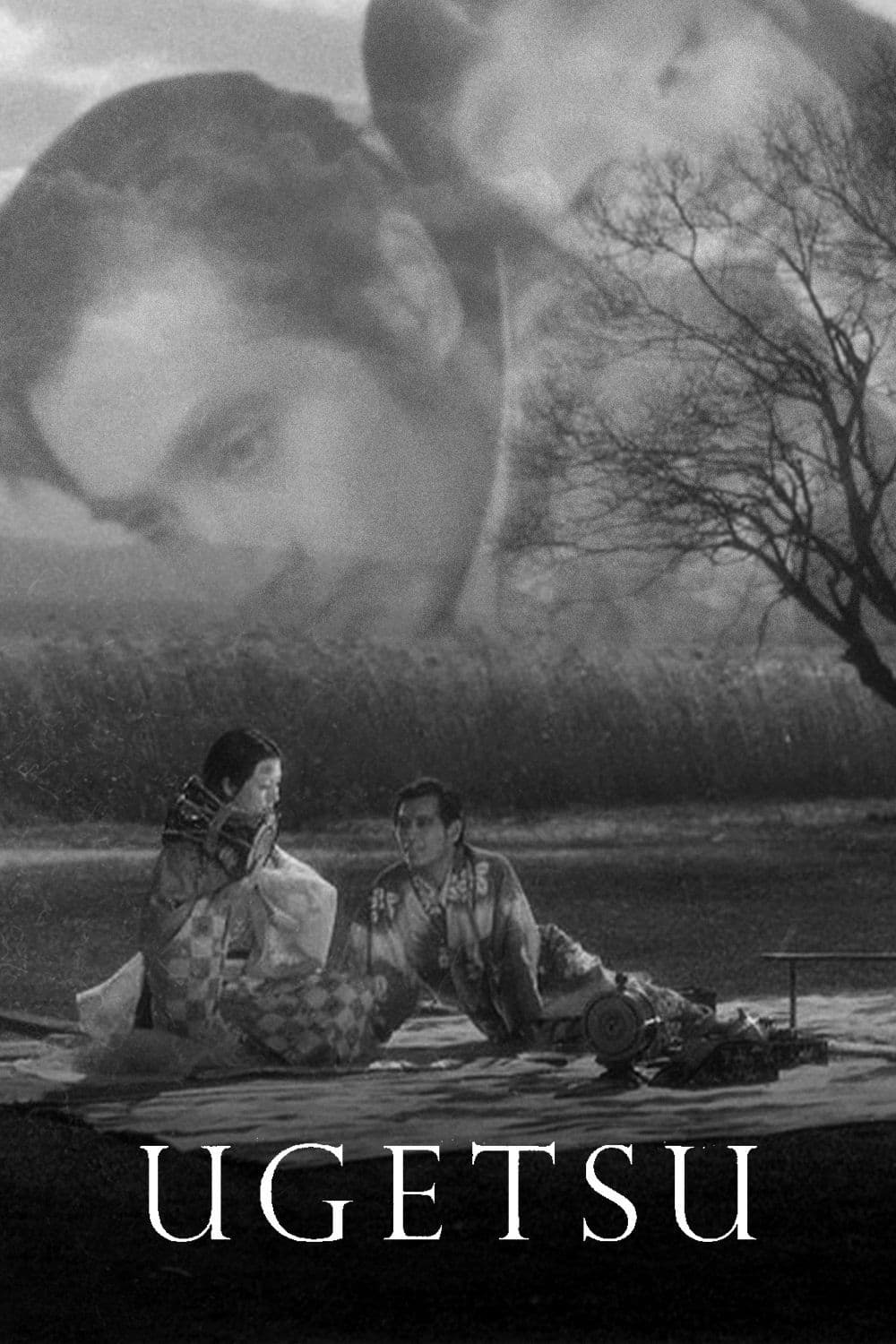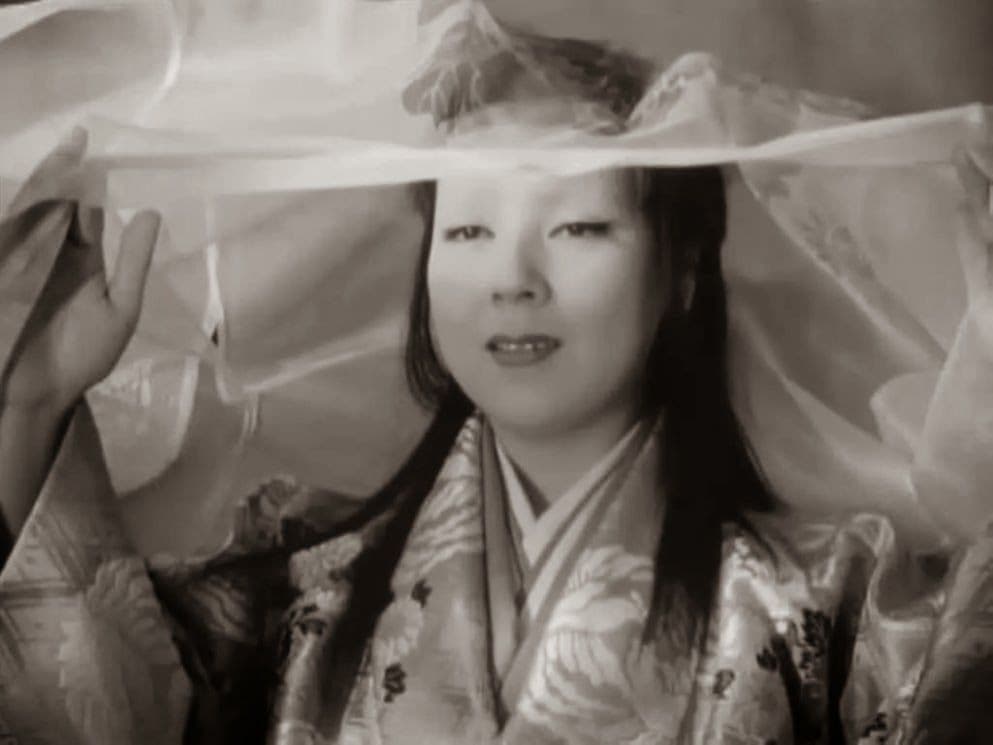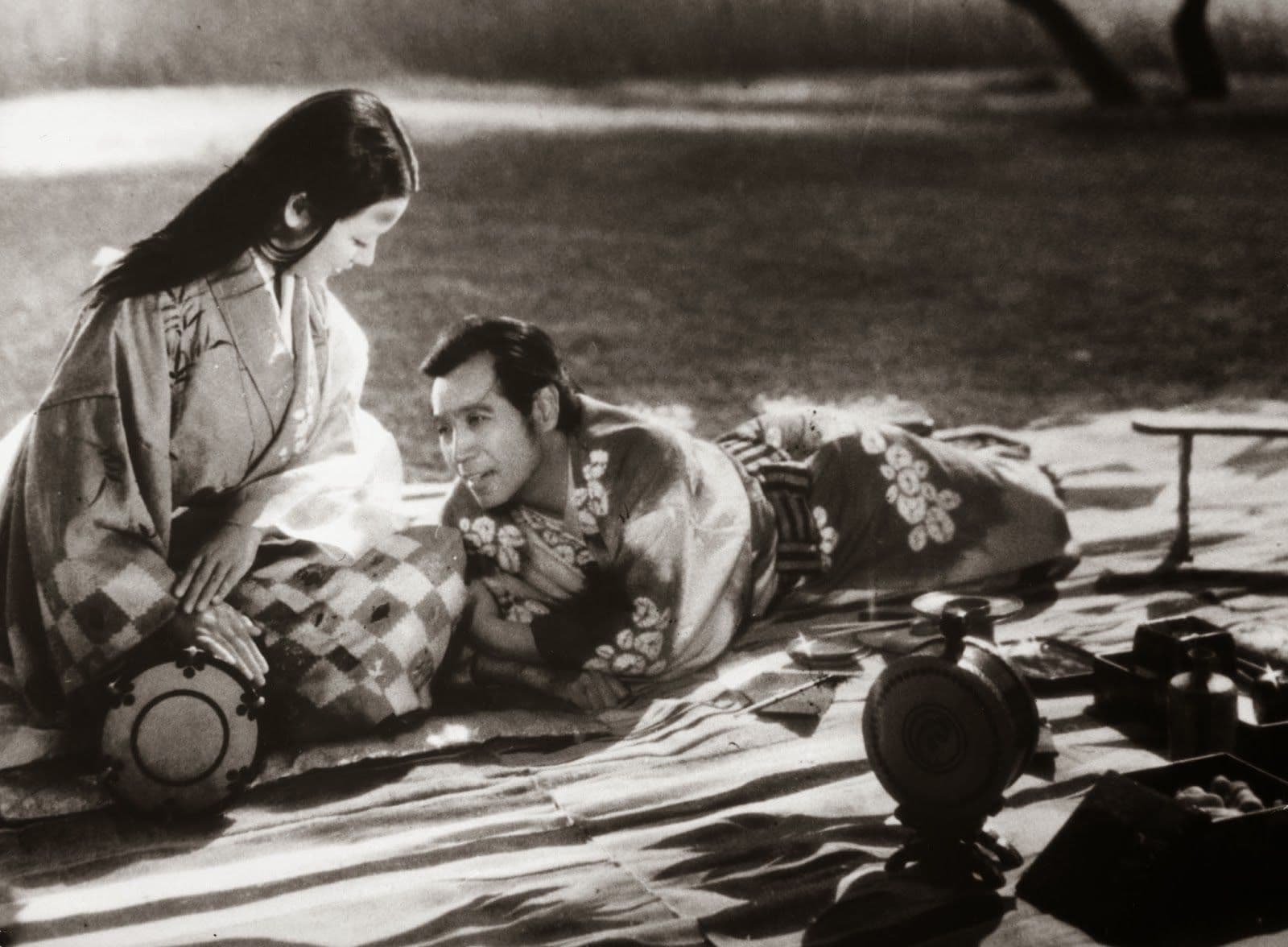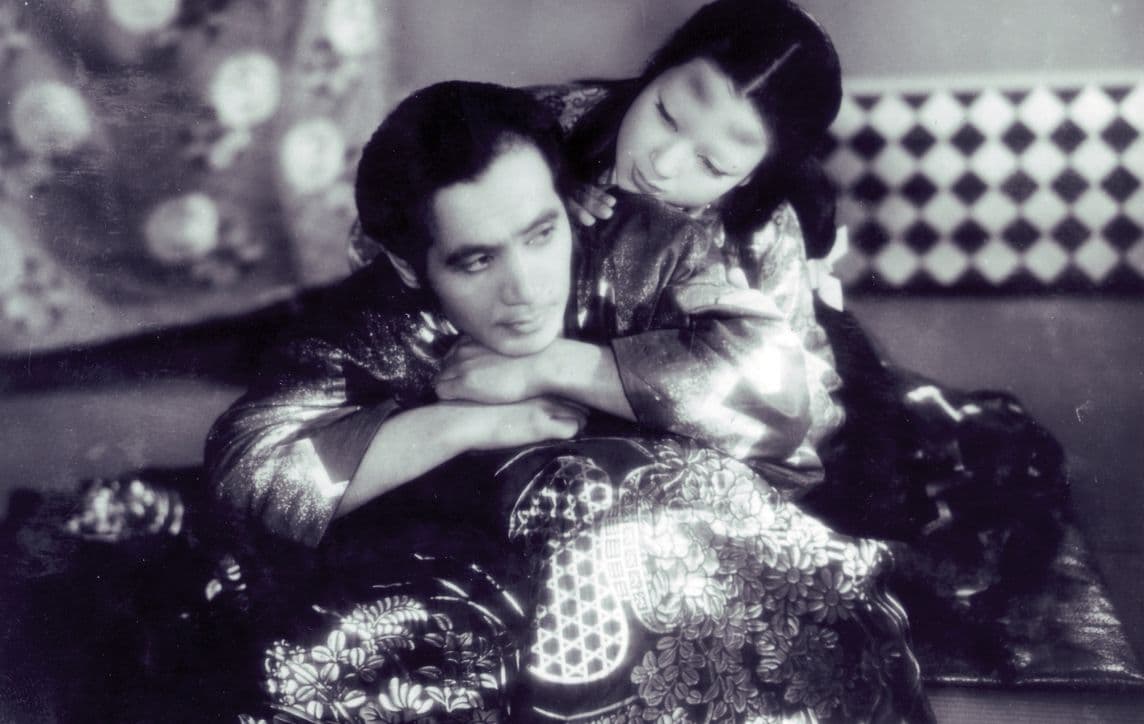
Ugetsu
1953
Rate this movie
Average: 0.00 / 5
(0 votes)
Director
Mizoguchi, the unforgettable Japanese Master of polished and intimate cinema, conceived this work after reading the surreal tales of Ueda Akinari, on which he based the film's poetics and from which the evocative (and once considered daring) title of the Italian distribution originated. While the original Ugetsu Monogatari more literally translates to "Tales of Rain and the Moon," the elegy of "Pale Moon of August" evokes an ethereal melancholy that permeates every frame, anticipating the blend of beauty and disillusionment characterizing the film. Mizoguchi's hand is revealed here in all its sublime mastery, manifesting that distinctive "one-scene-one-shot" approach (though not always rigidly applied, but as a guiding philosophy) which allowed him to explore spaces and human relationships with a fluidity and psychological depth rarely matched. His camera, often distant, floats like a silent spirit, observing with compassion and detachment the tragedies that unfold, creating an atmosphere suspended between dream and waking, between the tangible and the otherworldly.
The film centers on the story of two humble men from a small village in 16th-century Japan, an era – the Sengoku Jidai – disrupted by a civil war that fractured the social order, reducing lives to mere pawns on a chessboard of ambition and violence. Driven by blind hubris, the two abandon their respective families and set off in search of fortune, aspiring to the coveted status of Samurai, a symbol of power and prestige in a world where the meritocracy of the sword seemed the only path to social ascent. Their odyssey, steeped in desire and presumption, will cause sorrow and despair, and ruin will inexorably befall the families left to the mercy of events, exposed to the brutalities of a conflict that takes no prisoners and distinguishes no innocents.
Presented with an unsettling style that blurs the boundaries between raw realism and dreamlike suggestion, it narrates heartbreaking events. This film is a supernatural fable about the folly of men with dreams larger than themselves and their women who consequently suffer from this yearning for greatness. It is a keen reflection on the vanity of earthly ambitions and the fragility of human existence in the face of destiny's arrogance and the individual's self-destructive impulses. Genjuro (Masayuki Mori), a potter whose talent leads him to desire wealth and luxury, and Tobei (Sakae Ozawa), a peasant driven by the dream of rising to samurai status, both disregard their families, emblems of domestic security and affections that, in Japanese culture, should be the center of life.
Even as a war rages around them, with its inescapable threat of violence and death, they venture into the city to sell their wares, deluding themselves that they can escape their circumstances and forge a better future. But fate holds a bitter lesson in store. Genjuro is bewitched by a beautiful yet vengeful ghost (Lady Wakasa, portrayed by the magnetic Machiko Kyo, who brings an ethereal and unsettling presence to the screen), a personification of unfulfilled desire and fatal deception. His relationship with the spirit, sublime and terrifying, drags him into an abyss of illusion while his own wife, Miyagi, is tragically killed by a soldier, an innocent victim of the cruelty of the times and her husband's neglect. Concurrently, Tobei becomes a celebrated warrior, briefly savoring the exhilaration of glory, but his ephemeral success is built upon a deeper ruin: his beloved wife, Ohama, resorts to prostitution after being raped during her desperate search for her husband.
Through these two interconnected parables, Mizoguchi not only explores the futility of war and the illusory nature of power, but also weaves a poignant eulogy to female resilience. The women of Ugetsu – Miyagi with her unwavering devotion and Ohama with her heartbreaking fall and rebirth – emerge as the true pillars of a ruined world, silent witnesses and predestined victims of masculine folly. The director, known for his empathy towards female figures, elevates them to symbols of purity and sacrifice, connecting with themes dear to his filmography, such as in The Life of Oharu, a Courtesan or Sansho the Bailiff, where the drama of women is always at the heart of the narrative, depicted with a dignity and suffering that transcend mere storytelling.
The masterful use of cinematography by Kazuo Miyagawa, capable of painting misty and unsettling landscapes that reflect the characters' state of mind, elevates the film to a transcendent visual experience. Sequences, such as the one on the misty lake or the encounter with Lady Wakasa in her ethereal palace, are pure cinematic poetry, evoking the aesthetics of Noh theater and Sumi-e painting. The film's formal beauty is never an end in itself, but serves to intensify the drama, to make the invisible palpable, to make the lament of ghosts and the echo of destruction resonate.
Awarded the Silver Lion at the Venice Film Festival in 1953, Tales of the Pale Moon of August is not only a masterpiece of Japanese golden age cinema, but a monumental work in its powerful epic spirit that never fails to move and captivate. It is a true cornerstone of Cinema of all time, a profound meditation on the human condition, on ambition and regret, which continues to resonate with disarming power, an immortal echo of beauty and tragedy.
Country
Gallery



Featured Videos
Official Trailer
Comments
Loading comments...